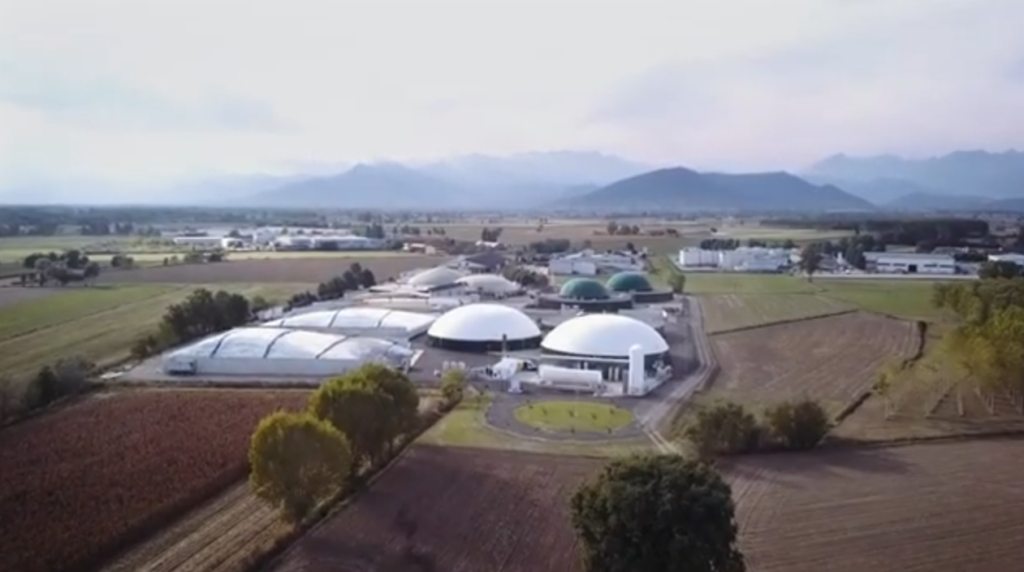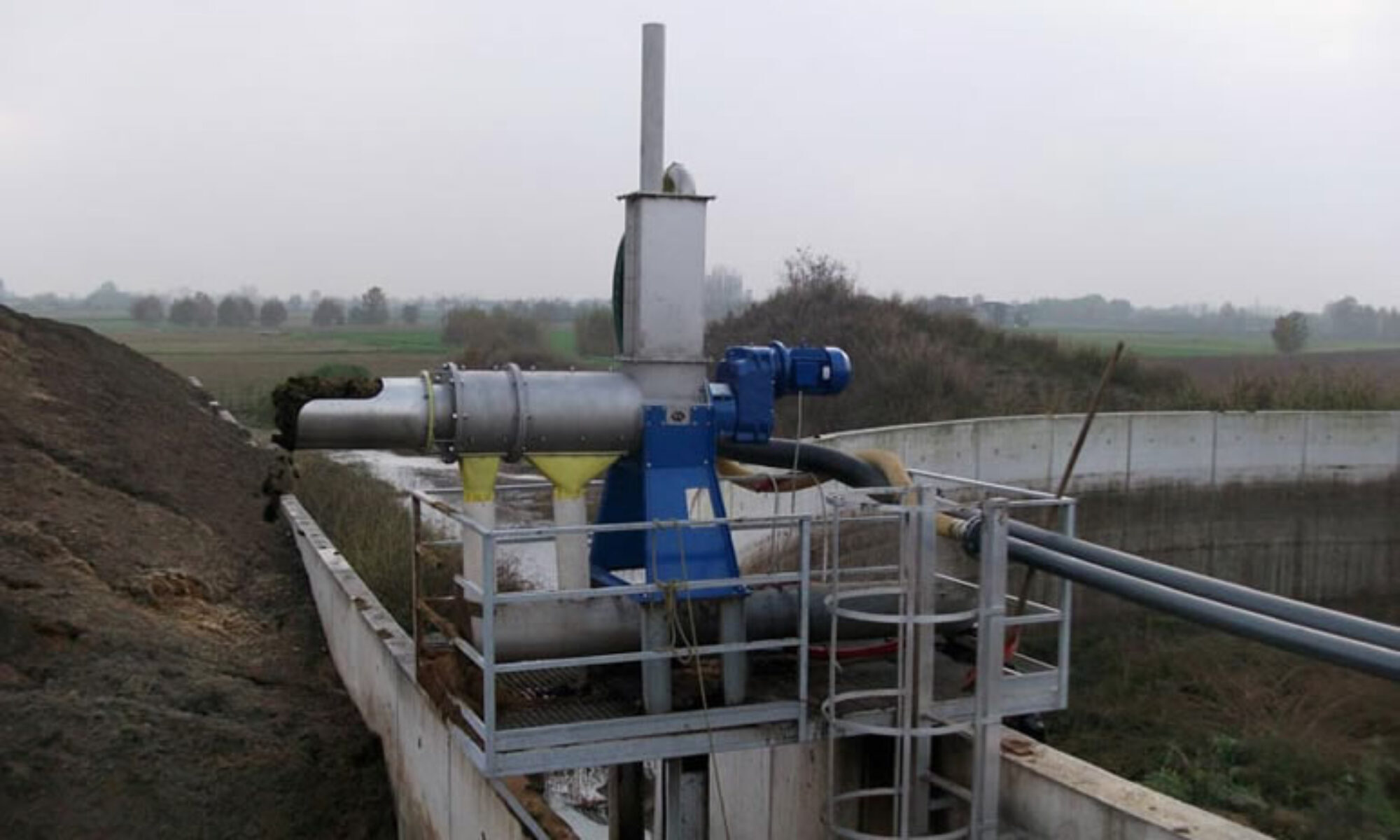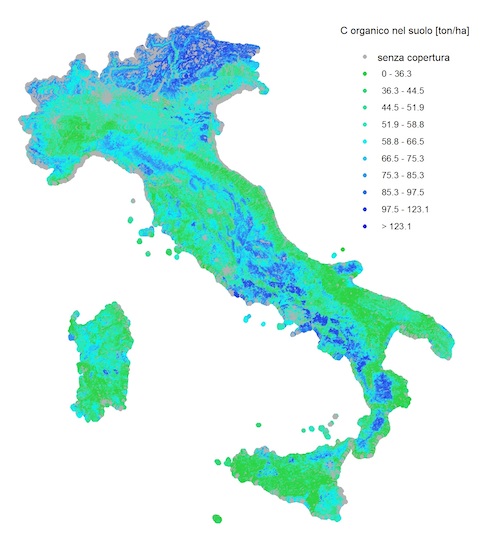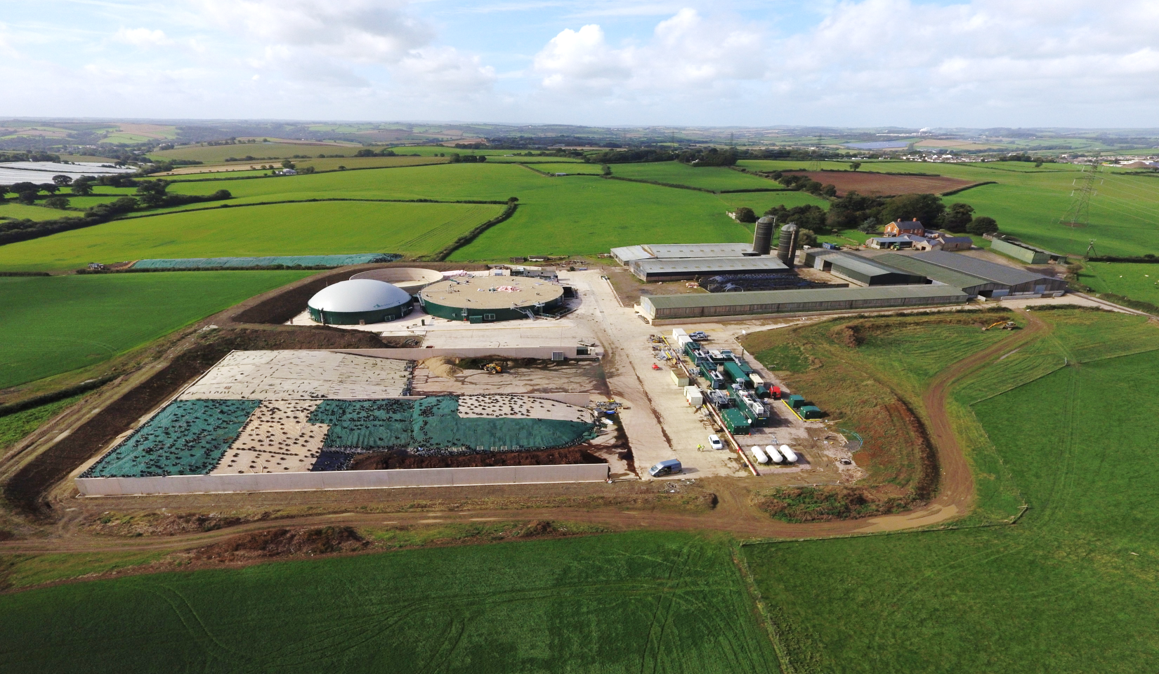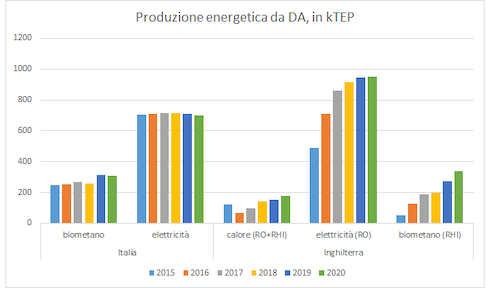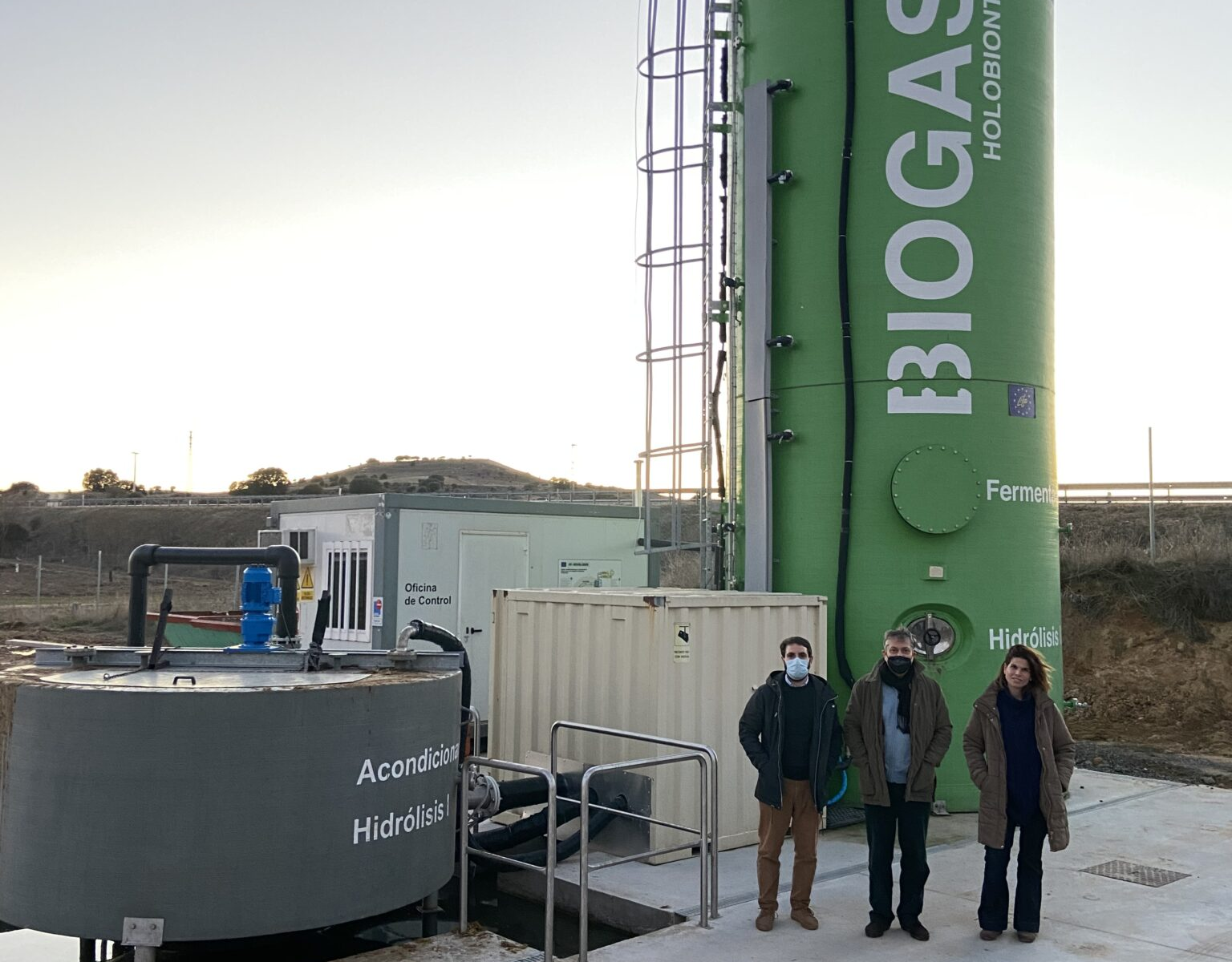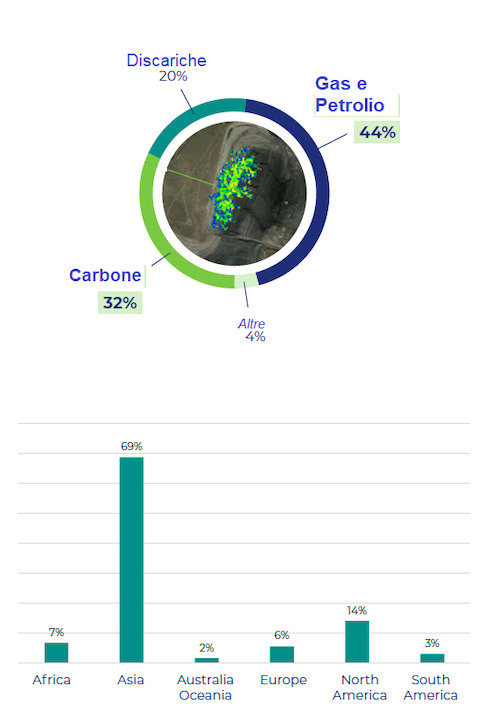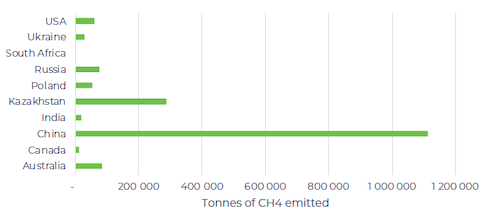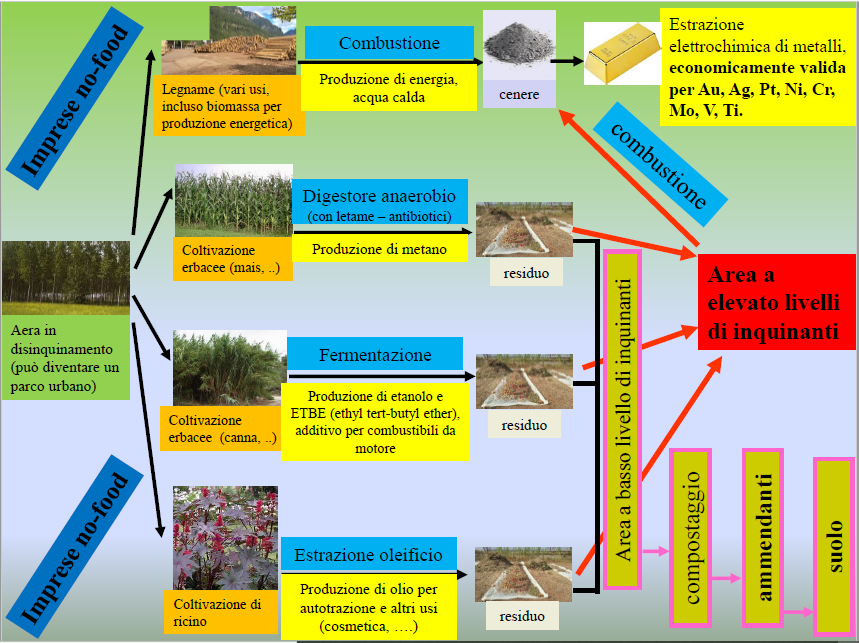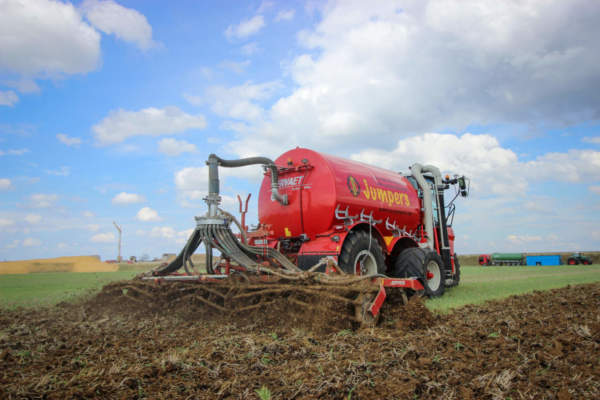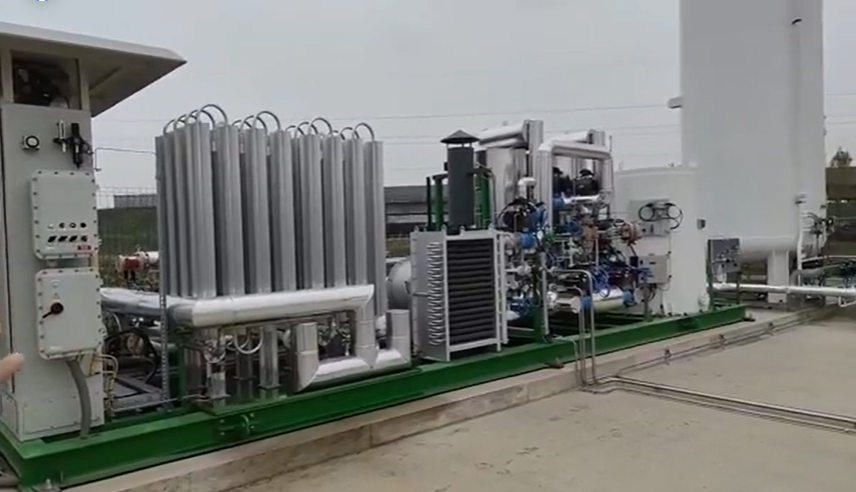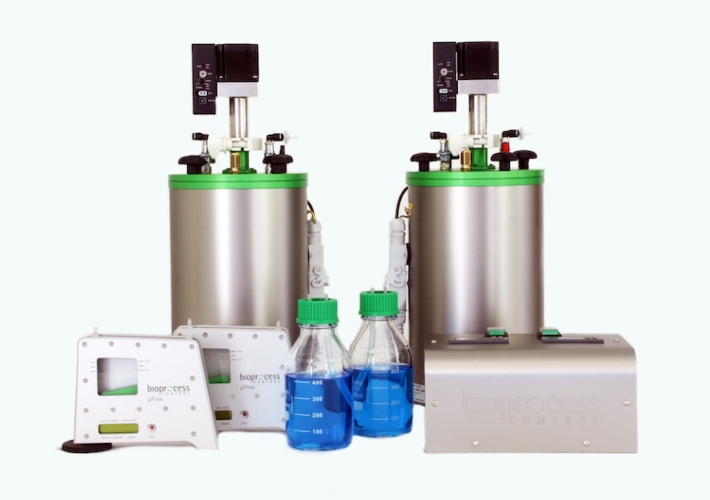There is no doubt that the drought that is tormenting our country is one of the many consequences of climate change. It is not easy to obtain firm evidence on press complaints, but on the other hand, it is also not difficult to believe that bad territorial management involves more than the 30% of losses in water networks.
Unfortunately, we are now used to bad governance. On the other hand, the consumption of water for irrigation it can be drastically reduced with adequate soil management, and if we don't, or if we do it wrong, the fault is ours alone. The water retention capacity, or field capacity, depends on the type of soil (Table 1). Obviously, a farmer cannot change the soil type of his land, but it can improve their field capacity, thus reducing the need for irrigation and, indirectly, also of fertilizers.

Table 1: Field capacity of soils
(Photo Source: University of California, translation and conversion of the units by the author)
(Click on the image to enlarge)
The surplus of water that can store organic matter in any soil depends on many factors, such as the type of tillage, the slope, the depth of the organic layer, etc. One studio critic on sixty publications (1) concludes that, on average, to the values shown in the Table 1 we must add 1,16 millimeters of H2Or for each percentage point of organic carbon each 100 millimeters of organic layer. The relationship between organic matter and organic C is known in the scientific literature as a van Bemmelen factor equal to 1,724, that is, the organic matter of the soil contains the 58% the C. For our calculations we assume 56% (value defined in the Regulations (EC) No 2019/1009, text in Italian).
To example, an arid soil to which a soil improver is added so that i 300 millimeters of surface layer contain the 5% of organic matter, will increase the available water capacity of:
D = 1,16 x 300 mm/100 mm x 5 x 0,56 = 9,74 mm = 9,74 l/m2
It means 1 hectare of this corrected land will be able to retain 97,4 m3 more water available to plants than soil without organic matter. It may seem little, but if we see it on a territorial scale, the potential improvement in water management is significant.
By way of example, the Photo 1 shows the consistency of organic C in Italian soils. It is observed that many areas are now devoid of organic coverage (light grey) and only the soils of the mountain and foothills, together with leopard spots on the plains, have an organic C content > 75 tons / hectare (or > 2%). This implies that the majority of our crops need more irrigation water than would be needed if the soils were richer in organic matter..

Photo 1: C content in Italian soils
(Photo Source: Ispra)
(Click on the image to enlarge)
What has been said so far does not mean that any source of organic C is good for improving soil texture. We have already covered in another item the institutional ravings on the concept of “digestate equated to fertilizers”, concept that, in addition to not being defined in the Decree (it refers to a future decree that perhaps will never arrive), adds confusion to an already complex issue such as the balance of C and nutrients in soils. Recall that the European legislation (Regulation (EC) No 2019/1009, text in Italian) defines seven “functional categories of products” for European fertilizers.
In the context of this article, the organic matter can be classified into three broad categories, but they intersect to a certain extent:
- Organic soil improvers: contain more C in a stable form (humus), smaller amounts of nutrients (N, P, K…) and live microorganisms in populations varying in quantity and composition.
- Organic fertilizers: they contain C in reduced and easily oxidizable quantities, consistent amounts of nutrients (N, P, K…) and live microorganisms in populations varying in quantity and composition.
- Microbial biostimulants: they contain more C in the form of live or latent microbial biomass (mushrooms, protozoa, bacteria and their spores), but they can also contain small proportions of stable C and nutrients.
How they behave therefore the different organic materials when they come into contact with the soil? More or less, the transformation of organic C it undergoes two stages:
- Mineralization. The microorganisms present in the soil – and possibly also in the same organic matter applied to it – they oxidize organic C by emitting CO2. The percentage of C lost in this way (mineralized) in one year it is known in the literature as the Coefficient of Mineralization (MC o k2 depending on the authors). He k2 depends on the type of soil: the more porous (sandy soils with skeleton) or the more intense and frequent the processing, the greater the circulation of air and therefore the higher will be k2. On the contrary, in clayey soils or with minimal tillage, organic matter is less dispersed.
- Humification. A part of the organic C (typically lignocellulosic compounds and more concretely lignin) it is refractory to microbial activity and transforms into complex substances, generically called humic substances. A fraction of these (humic acids) it is slowly oxidized and dispersed as CO2. The most refractory and stable fraction constitutes humus. The percentage of organic C that remains in the soil after one year is called the Humification Coefficient (HC or k1 depending on the authors). The absolute amount of humus that remains in the soil after one year is known as Effective Organic Matter (EOM = Effective Organic Matter) and it is the one that we have to replenish every year because in any case the soil microorganisms degrade it to CO2, albeit at a slower pace.
Calculations of the amount of organic matter to add to a depleted soil to restore its fertility, or the one to be added annually to maintain it, require some tables with coefficients k1 e k2, some additional information on the type of soil and soil conditioner and a little’ of patience (see for example the manual of the Campania Region (2)).
For the convenience of our readers we propose a simple online organic soil improver calculator to be applied according to the type of soil, initial organic matter content and desired fertility goal.

Digestate, compost is bokashi: let's be clear
There is a lot of misinformation about’use of digestate in agriculture. On many blogs of political activists and in social networks, digestate is accused – sometimes with partially founded arguments, but of a manipulative or ideological nature – to be harmful to the soil (see for example: I “committees of the no” and the biogas and biomass handbook, What future for bioenergy in the next legislature, No more glycerol in biogas plants – First part e Second part).
The benefits of the bokashi – a particular type of fermented compost originating in Japan – they are many and undeniable, but they are often exaggerated by ideology “bio at any cost” e “anti-system”.
Read also
Efficient Microorganisms: the biorefinery at home?
So let's try to do a little’ of light on the subject, starting with the most controversial fertilizer: the digestate.
The digestate is never used as it comes out of the digester. All plants have a separator, typically screw type, from which two come out “digested” with very different characteristics: solid and liquid. The first tends to be a soil improver: brings to the soil C, P (typically as struvite or hydroxyapatite crystals), and a little’ of live bacteria. The second is more like a liquid fertilizer, it mainly supplies N in ammonia form, K and soluble salts and very little organic C, especially in the form of live bacteria. Paradoxically, the high bioavailability of ammoniacal nitrogen for bacteria means that the reckless application of liquid digestate to the soil suddenly lowers the C ratio:N, making the humification coefficient null or even negative. This fact, told in an exaggerated and incomplete way, is the typical argument of “no biogas” against the agronomic use of digestate – without specifying which fraction – and livestock sewage. The problem is therefore not the use of liquid digestate per se, but the lack of solid digestate (o compost, or straw, or any other source of organic C) in sufficient quantity to maintain a C ratio in the soil:N adequate.
Recall that an organic fertilizer with C:N = 25 it is conducive to the synthesis of stable humic acids, a C:N < 10 facilitates mineralization, a C:N > 30 immobilizes nitrogen, which is consumed by bacteria to break down humic substances, making it unavailable to the roots.
As for the solid fraction of the digestate, its mineralization and humification coefficients depend on the power supply of the digester. A solid digestate from plants fed mainly with vegetable biomass (a sword, agri-food residues, Maybe) it will contain a large fraction of lignin, very refractory substance and direct precursor of humus. A solid digestate from plant fed with sludge or with slaughter residues will have a zero or even negative humification coefficient, therefore it will be more like a fertilizer than a soil improver. The humification coefficient of the solid digestate also depends on the type of separator used (auger or centrifuge) and any post treatments: it is maximum in the case of the solid separated from dried Forsu a 60°C until you have less than 50% humidity (3).
One comparative study (4) on the transformations of carbon in three processes – anaerobic digestion, lactic fermentation and composting – highlighted that the European classification of organic fertilizers is reductive because functional products are not always a mixture of fertilizer, soil conditioner and biostimulator, in variable percentages. The aforementioned study shows that the amount of residual C in the solid digestate is less than that of bokashi or compost, taken for granted because the purpose of anaerobic digestion is precisely to convert most of the biomass into methane. But, the contribution of easily oxidizable organic matter, N and P of the anaerobic amendments of solid digestate and bokashi are practically equivalent. Both also bring their own bacterial flora, favoring the microbial activity of the soil much more than compost. Anaerobic treatments are therefore overall better than composting, which effectively retains a greater fraction of the initial C of the composted material, but it loses more nutrients and does not favor the bacterial activity of the soil so markedly.
Conclusions
Organic fertilization cannot be done on the basis of tables or recipes “flat rate”, in the same way ours online calculator it does not replace the inspection and analysis of a professional. The calculator allows you to make a quick preliminary assessment, after the development of a strategy for restoring the fertility of tired or otherwise impoverished soils and conservation of the same through the annual contribution of organic matter. Such organic matter cannot be of any kind: solid digestate and compost guarantee a C ratio:N more balanced which allows to store more carbon in the soil than organic matter “fresh” (green manure, paglia, stalks) or to materials with zero or negative humification coefficient (sewage, slaughter residues, solid digestate from sludge). The solid digestate from agricultural residues, rich in lignin, it can be considered a soil improver equivalent to compost, but it provides more N and P than the latter and also provides a greater biostimulating effect of the bacterial flora of the soil.
Of course, making solid digestate or commercial compost represents a cost for the farm, that our online calculator makes it easy to estimate. That cost But leads a series of earnings, often not considered in the evaluations of farmers: saving of fertilizers (greater efficiency in the absorption of plants and less washout), saving of water and the corresponding energy for pumping. Ma, mostly, a good organic matter content in the soil reduces the risk of losing the crop due to water stress in the event of drought or torrential rain.
Bibliography
(1) Minasny, B. and McBratney, A.B. (2018), Limited effect of organic matter on soil available water capacity. Eur J Soil Sci, 69: 39-47.
(2) Mauro Mori, Ida Di Mola, et al.; Guide to fertilization – Methods, procedures and tools for a consultancy service; Campania Region – Agriculture Department – Experimentation Sector, Information, Agricultural Research and Consultancy (SESIRCA), 2012. ISBN 978-88-95230-14-6.
(3) Own, C.E., Safeguard, I., control link, I.C. et al. Solid fraction of separated digestate as soil improver: implications for soil fertility and carbon sequestration. J Soils Sediments 21, 678–688 (2021).
(4) Vania Scarlet Chavez-Rico, Paul L.E.. Bodelier, Miriam van Eekert, Valentina Sechi, Adrie Veeken, Cees Buisman, Producing organic amendments: Physicochemical changes in biowaste used in anaerobic digestion, composting, and fermentation, Waste Management, Volume 149, 2022, Pages 177-185, ISSN 0956-053X.
